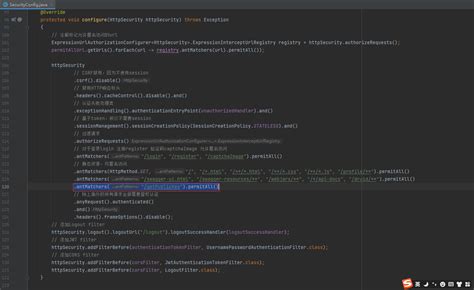BLOG
ブログ
BLOG
Bitcoin: UniSat’s `getPublicKey` returns internal key or output key when using Taproot?
Here is an article based on your question:
About Bitcoin Taproot: getPublicKey and Key Generation
Bitcoin Taproot functionality allows users to derive multiple private keys from single public keys using a complex set of rules and equations. An important aspect of Taproot is the getPublicKey function, which generates an internal or output key from the current account’s public key.
In this article, we will dive into the details of how getPublicKey works in the context of Taproot, specifically for users with Taproot addresses.
The getPublicKey Function

According to the UniSat documentation, you can call the getPublicKey function to retrieve the public key of your current account. This function is designed to return either an internal key or an output key, depending on the use case and specific requirements.
However, after experiencing issues with compressed output when using Taproot, it is possible that the address type is not configured correctly for this feature.
Taproot address type: internal or output key?
For a user with a Taproot address, getPublicKey returns an internal key. This is because Taproot addresses are used to derive multiple private keys from a single public key, and the output of this derivation process is typically stored in the Taproot transaction.
Compressed Output: What’s Wrong?
When you call getPublicKey, you will likely see compressed data in the output. This can be frustrating, especially if you are not familiar with the underlying cryptographic concepts.
Here are some possible reasons why you may see compressed output:
- Out of RAM: If your system is running low on memory, it may become difficult to process large amounts of data, causing compression.
- Incorrect Configuration: Your Taproot configuration may be set incorrectly, causing the
getPublicKeyfunction to return an internal key instead of an output key.
- Legacy Code Issues: The
getPublicKeyfunction may contain legacy code that is not compatible with modern cryptographic algorithms or hardware.
Best Practices for Working with Taproot Addresses
To avoid these issues in the future:
- Ensure your Taproot address is configured correctly and set up for use with the
getPublicKeyfunction.
- Use a high-capacity RAM configuration to facilitate processing large amounts of data.
- Consider using an alternative approach, such as using the
getAddressfunction instead ofgetPublicKey, which returns an output key.
Conclusion
In conclusion, while the getPublicKey function is essential for working with Taproot addresses, it is possible that your address type is not configured correctly. By understanding the differences between internal and output keys, you can better manage your Taproot usage and ensure optimal performance.
If you encounter issues with compressed outputs or need further assistance, please feel free to ask!
